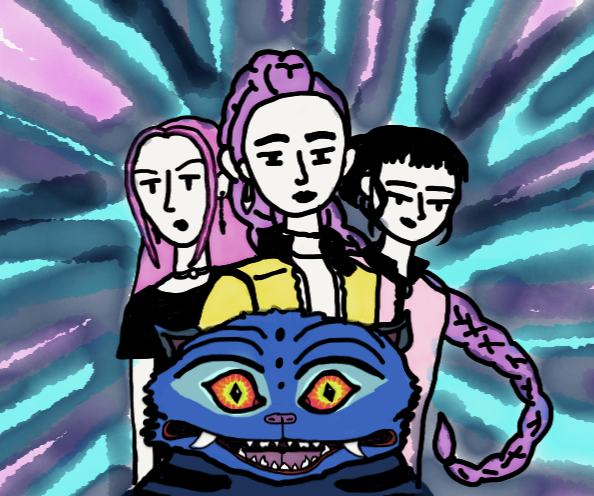The state of the MCU
Marvel has single-handedly defined modern pop culture in the US and internationally, releasing the only movies that have surpassed a gross of $2 billion worldwide, “Avengers: Endgame” and “Avengers: Infinity War.” Marvel spent 11 years meticulously crafting its characters over the course of a plethora of films. The company carefully developed compelling relationships, unique characters, and captivating stories, culminating its 11-year trilogy with “Avengers: Endgame” in 2019. For millions of fans who have grown up with the Marvel Cinematic Universe (MCU) and its movies, “Avengers: Endgame” was an action-packed and emotional farewell, concluding Marvel’s infinity saga.
During Marvel’s “infinity saga,” the Marvel Movies were split into three phases, each introducing drastic changes to the Marvel movies and the MCU. Phase One (2008 – 2014) featured the introduction of the original Marvel cast of Iron Man, Hulk, Blackwidow, Captain America, and Thor, along with the first-ever Avengers movie. Phase Two (2013 – 2015), the shortest of the three phases in the Infinity Saga, introduced Guardians of the Galaxy and Ant-Man, along with new Iron Man, Captain America, and Thor movies, and “Avengers: Age of Ultron.”
At the start of 2016, Marvel embarked on Phase Three (2016 – 2019), which is by far the largest of the three phases and the climax of Marvel’s infinity saga. In this phase, Marvel connected the scattered stories in the MCU, culminating in the release of “Avengers: Infinity War” and “Avengers: Endgame.”
The end of “Avengers: Endgame” spelled out the end of Marvel’s 11-year-long infinity saga along with half of the original avengers, and left Marvel and fans with no clear vision of the future. Marvel started working on their next project for the MCU, the multiverse saga and began Phase Four with “Black Widow,” which only reached a 380 million worldwide gross, a stark contrast from its predecessors. Marvel then released “Shang-Chi and the Legend of the Ten Rings,” “Eternals,” “Thor: Love and Thunder,” and many more, while also expanding their horizons to Disney+ TV shows. Despite this, after the successful release of Wandavision, the reception and overall interest in the MCU television series, with the exception of “Loki,” have been diminishing with each release. Another problem that came along with this frequency of releases of movies and shows in this phase was the unnecessary competition. The releases were effectively stealing from the excitement around and audiences of other Marvel releases scheduled at the same time. Subsequently, a third issue that resulted from this was that the quality of each project was diminished in comparison to the Marvel standard before Phase Four. The Marvel team was simply unable to keep up with the sheer amount of releases while maintaining the same quality storytelling and cinematography Marvel was known for.
Overall, Phase Four has disappointed many fans, but hopefully, with the upcoming release of Phase Five, Marvel will reevaluate its formula to suit the expectations of their dedicated viewers.
Hello there! Our goal is to provide relavent, engaging journalism for readers of all ages. Your donation will support the student journalists of the Wolfpacket at Claremont High School, and will allow us to purchase equipment, print our monthly issues, and enter in journalism competitions. We appreciate your consideration!
Kyle Chen is a senior at Claremont and is the assistant Arts and Entertainment editor. He has a passion for STEM and a particular interest in physics regarding...










